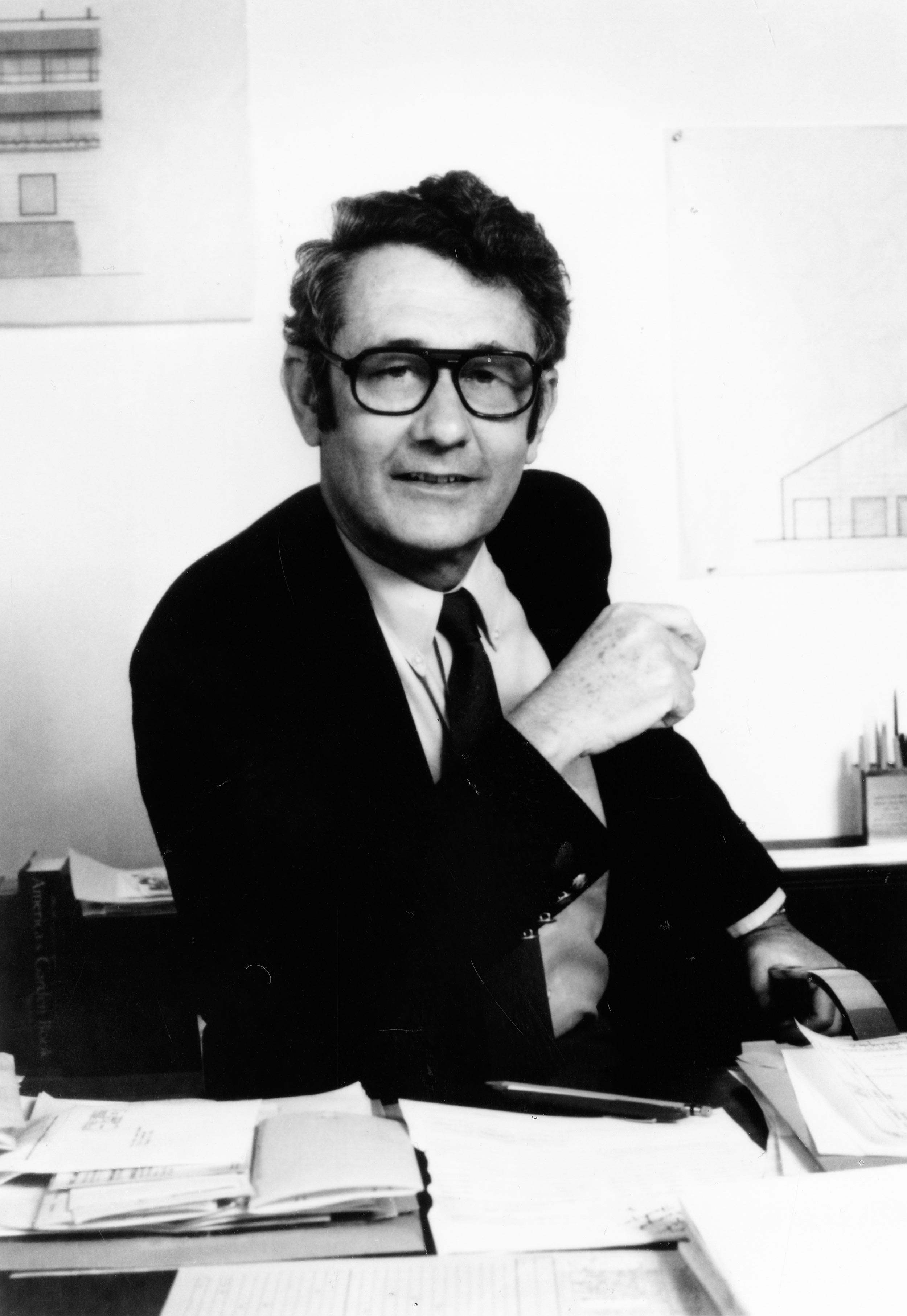Chicago Institute for Architecture and Urbanism
In the meantime, a series of activities outside the SOM Foundation started to suggest new initiatives. The most conspicuous was a series of charrettes, organized by Bruce Graham and Stanley Tigerman, to come up with ideas for the proposed 1993 World’s Fair in Chicago. The charrettes brought together architecture students and some of the best-known design professionals in the country. The experience of collectively discussing public issues on an urban scale was exhilarating to many of those involved and spurred the idea of creating a center that could foster an ongoing conversation.
In 1986, the SOM Foundation purchased and restored the Charnley House (1891–1892) for its offices. The historic building, located on the north side of Chicago’s Gold Coast, was designed by Louis Sullivan with assistance from his junior draftsman, Frank Lloyd Wright. The same year, coinciding with the fiftieth anniversary of SOM’s founding, the Foundation announced its intention to create an institute devoted to architectural research. The goals of the SOM Institute (later renamed the Chicago Institute for Architecture and Urbanism) were the study of architecture, urbanism, engineering, and planning, and the advancement of the arts through educational endowments, support of museums and public organizations, preservation of archives, exhibitions, publication of special books on art and architecture, and other similar endeavors. The search for a director had already started before the Institute’s existence was announced to the public. The list of finalists included Francesco Dal Co, Josef Kleihues, Leon Krier, Aldo Rossi, and Jorge Silvetti. Krier would ultimately be appointed to a three-year term in August 1986, however, he abruptly resigned in January 1987. Shortly after, Krier became the Prince of Wales's personal consultant for architecture and urbanism. A new search was started and John Whiteman, then at Harvard University, was appointed as the director. The opening of the Charnley House took place at the end of September 1987. By this time the board of the SOM Foundation had grown to sixteen members, among them a large number of prominent architects, including Emilio Ambasz, Edward (Chuck) Bassett, Thomas Beeby, David M. Childs, Henry Cobb, Lawrence S. Doane, H. Laurance Fuller, Frank O. Gehry, Bruce Graham, Michael Graves, Diane Legge, Michael A. McCarthy, Charles W. Moore, William Randolph Hearst III, Robert A. M. Stern, and Stanley Tigerman.
During Whiteman’s term the Institute brought in a number of established and emerging scholars to pursue projects. Fellows included Jennifer Bloomer, Beatriz Colomina, Elizabeth Diller, Mario Gandelsonas, Benjamin Gianni, John Hejduk, Catherine Ingraham, Jeffrey Kipnis, Ben Nicholson, Mark Rakatansky, Yehuda Safran, Saskia Sassen, Ricardo Scofidio, Richard Sennett, and Mark Wigley. Fares El Dahdah, Michael Freedberg, Nina Hofer, Michael Markham, Mark Robins, Hashim Sarkis, Harry Simms, Silvano Sole, William Urban, and Ann Wittlin were interns and/or research assistants. The Institute set forth an ambitious agenda: in addition to supporting invited scholars, it organized events related to the fellows’ research and produced its own series of publications, distributed by MIT Press.


